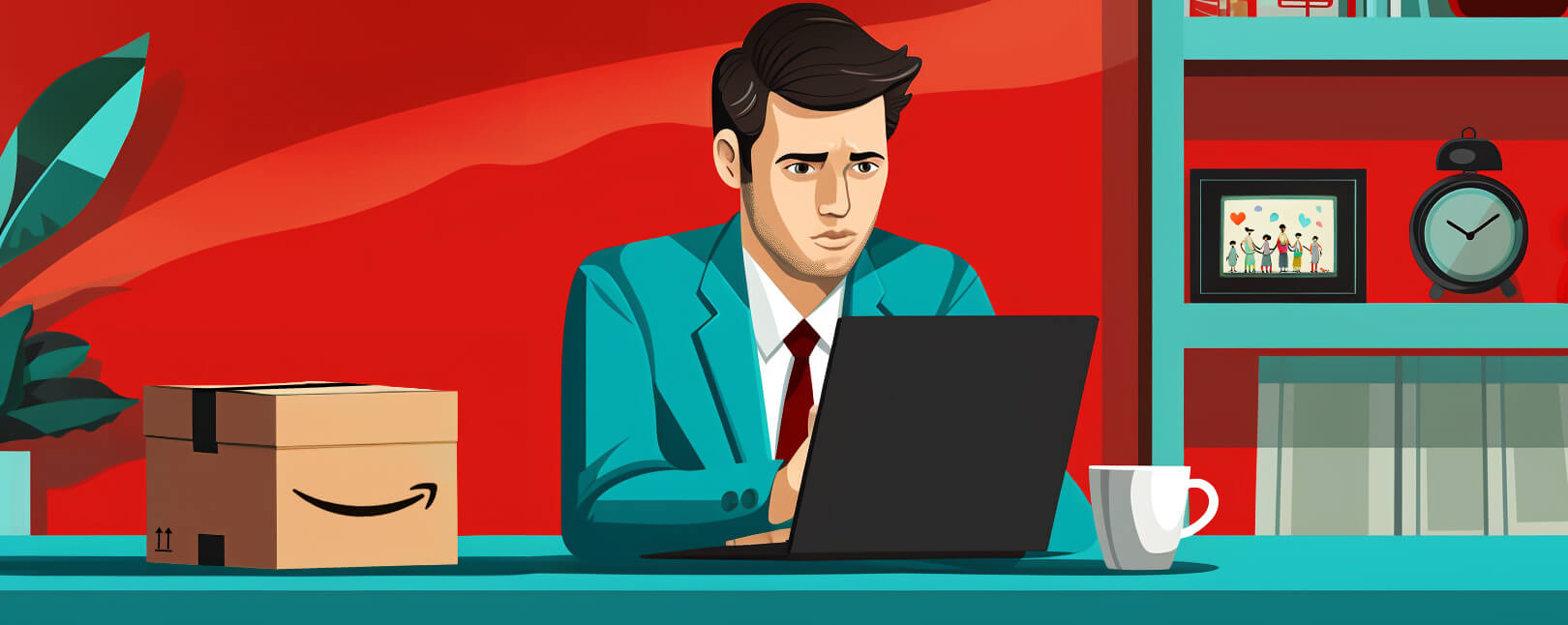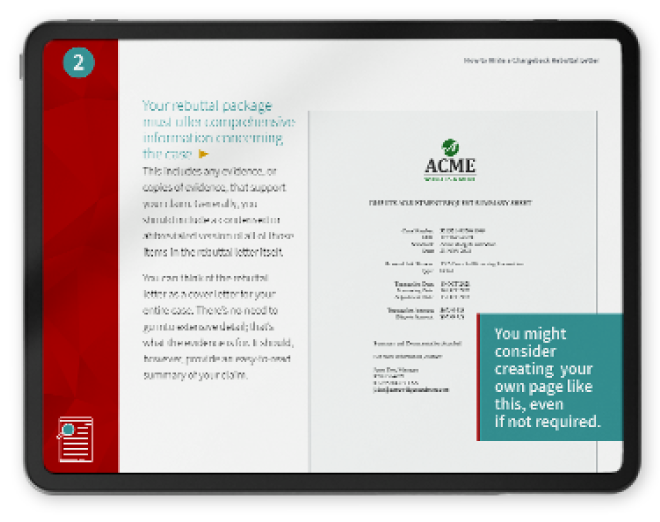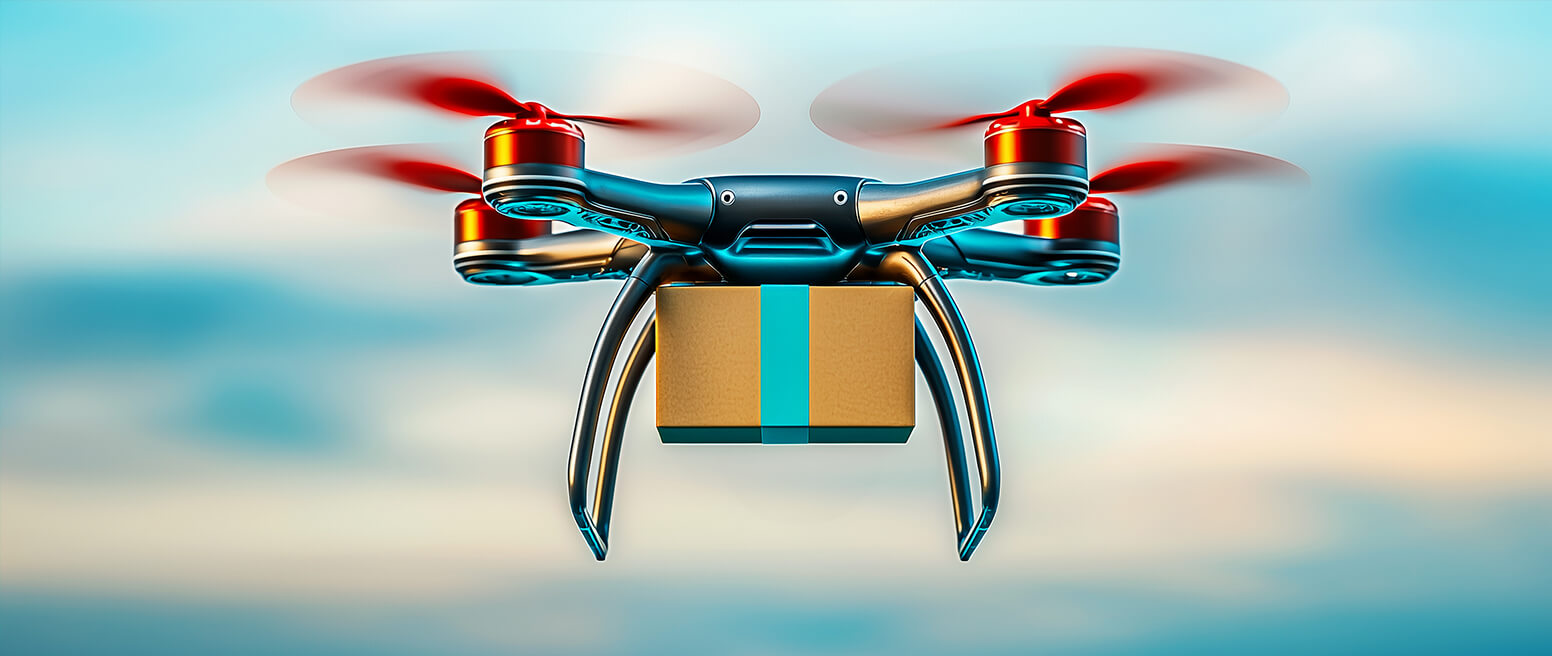Tips & Best Practices for Formulating Your Amazon Chargeback Email Response
Working through an online marketplace like Amazon offers some great benefits.
You can manage inventory, invoice customers, and market products, all without the need to build out your own eCommerce platform. You also have the benefit of visibility, considering Amazon is one of the most recognizable eCommerce platforms in the world.
It’s not all sunshine and rainbows, though. Operating as an Amazon Marketplace seller opens you up to the risk of chargebacks. Let’s talk about Amazon chargeback emails and how to respond to them.
Recommended reading
- Venmo Chargebacks: How Do Disputes Work on Venmo?
- What is the Zelle Dispute Process? What Should Victims Do?
- Bank of America Disputes: Here's What You Need to Know
- Stripe Chargeback Fees: Rules, Policies & How to Lower Costs
- How Square Disputes Work | Rules, Protections & More
- Dropshipping Chargebacks | Causes & Tips to Prevent Them
How Chargebacks Work in Amazon Marketplace
When you sell goods through an online marketplace like Amazon, the site serves as an intermediary between you and the cardholder. The customer pays Amazon, and all interactions between you and your buyer are facilitated by the eCommerce giant. This means that the marketplace has the power to set the terms of your interaction and may be aware of certain information about a transaction even before it reaches you.
If a customer disputes a purchase through Amazon Marketplace, Amazon will know about it immediately. They should then contact you; this Amazon chargeback email should inform you that you have seven days to choose how to proceed. You can:
Issue a Refund
Return the funds to the customer, and (hopefully) resolve the dispute without a chargeback.
Do Nothing
If you allow the chargeback to progress, the bank will reclaim the transaction funds, and you’ll be assessed a chargeback fee.
Fight Back
If you believe the dispute is invalid, you can attempt to overturn the chargeback through a process called representment.
In many cases, the best idea may be to issue a refund. You’ll lose sales revenue and can even expose yourself to refund abuse. That said, a refund allows you to avoid a chargeback and protect your business against the long-term negative ramifications. Of course, this may not always be an option; if the cardholder goes directly to the bank to submit a chargeback rather than to Amazon, then a refund would not be on the table.
What if a refund is unavailable, though? Or, you believe the cardholder is abusing the chargeback process (a practice known as friendly fraud)? In this case, representment is the best course of action.
You can fight back by selecting “Represent Your Case” from Chargeback Claims in Seller Central. Alternatively, you can reply to the Amazon chargeback email and explain your intent to fight the chargeback.
Why Do Amazon Marketplace Chargebacks Happen?
Chargebacks on Amazon Marketplace generally occur when customers are dissatisfied with a product or service. This drives them to initiate a dispute with their credit card company or bank. Discontent often stems from unmet expectations, and can arise from any number of situations. Some common triggers include:

Chargebacks can put a serious financial strain on Amazon Marketplace sellers. Disputes lead to loss of revenue and potential additional fees and penalties. Moreover, a high incidence of chargebacks can negatively impact a seller's bank account standing. Receiving too many chargebacks could result in account freezes or even cancellation.
What Information Does an Amazon Chargeback Email Notification Provide?
Being promptly informed of a chargeback is absolutely essential for addressing the issue quickly and effectively. To help, Amazon has established mechanisms to ensure you are notified and provided with the necessary details to respond.
The marketplace starts by sending an Amazon chargeback email notification to the address associated with your seller account. This email serves as an immediate alert, informing you that a chargeback has been initiated by a buyer. It provides crucial details, including:
- Transaction ID: This key detail helps quickly identify the order in question, making it easier for you to delve into your order history and gather necessary information.
- Amount Disputed: The specific sum of money the buyer is questioning. This could range from a partial amount to the entire sum of the transaction.
- Reason Code: This explains the issue from the buyer’s perspective, giving you a clearer idea of why they felt compelled to initiate a chargeback.
- Additional Information: Any extra comments or context the buyer has provided. It’s like a window into their thoughts, helping you understand their side of the story.
- Instructions on How to Respond: This part of the email lays out the steps you need to take to tackle the chargeback head-on.
- Deadline for Responding: This line in the email highlights the time-sensitive nature of your response.
- Buyer Contact Information: You may reach out to the buyer directly for faster, collaborative resolution. Sometimes, a direct conversation can clear the air.
- Documentation Required: This detail guides you through what documents or evidence you need to present to effectively contest the chargeback.
- Impact on Your Account: Amazon lays out the potential consequences for if things don’t go well. They want to ensure you grasp the full scope of the situation.
- Information on Preventive Measures: This is like a helping hand for the future, providing tips and advice on how to avoid running into similar issues later.
By providing these notifications and detailed information, Amazon ensures that you are well-equipped to address chargebacks in a prompt, effective manner. This helps resolve issues effectively, and also aids in safeguarding your financial interests and maintaining a healthy standing on the platform.
Getting Chargeback Information From the Amazon Seller Central Dashboard
In addition to the email notification, the chargeback will also be reflected in your Amazon Seller Central account.
Seller Central serves as a hub that lets you manage all disputes from one centralized location. To view and manage chargebacks from Seller Central, navigate to the Performance section. From there, select Chargeback Claims, or the relevant option depending on the specific Amazon platform.
Here, you can view all chargeback claims against your account, and also track the status of each claim. You can also use this hub to respond to disputes. If you feel that a chargeback was issued without a valid reason, you can submit necessary documentation or responses through Seller Central to contest the buyer’s claim.
Getting Chargeback Help Via Amazon Seller Support
Amazon Seller Support plays a pivotal role as you try to navigate the intricacies of chargebacks. Yet, there is a limit to the extent of their capabilities. There are some areas in which they might not be able to offer direct assistance.
Amazon Seller Support Can Offer:
Amazon Seller Support Can’t Offer:
Amazon Seller Support is a valuable resource for guidance, clarification, and advice. However, it’s important to recognize that their role has boundaries. This is especially true when it comes to influencing the outcome of a chargeback and mitigating its impact on your seller account.
Responding to Amazon Chargeback Emails
As alluded to above, the good news is that you can respond to chargebacks that were filed without a valid reason. This is a practice called first-party chargeback misuse or simply friendly fraud, and it may be a lot more common than you realize.
Friendly fraud, either deliberate or accidental, is now the #1 fraud attack source that merchants have to deal with (up from #5 in 2019). Visa found that roughly three out of four chargebacks issued by banks were examples of friendly fraud in 2022.
If you’re confident that a cardholder’s dispute claim does not Square with the facts of the transaction, you may respond through representment. However, you should only engage in chargeback representment when you’re confident that a claim is a case of first-party fraud.
You should never challenge a chargeback resulting from third-party (“criminal”) fraud or merchant error. In both these cases, it was your responsibility to take action that would have prevented the circumstances leading to the dispute. So, if a chargeback is not the product of friendly fraud, then you have no choice but to accept the losses.
What Documents Will I Need for My Amazon Chargeback Response?
Amazon chargeback representment is a little different from a typical chargeback claim. First, after receiving an Amazon chargeback email, you must submit documentation to Amazon (rather than to the bank).
Next, an investigator from Amazon reviews the evidence. Don’t worry; none of this is visible to the cardholder. As for examples of documentation that you may submit, some common pieces include:
- Shipping receipts
- Tracking information
- Product specs and page copy
- Records of any interactions with the customer
If the investigator believes you have a case, they will forward the information along to the cardholder’s issuing bank. The issuer then examines the evidence against the cardholder’s claim and provides a ruling. If the issuer finds in your favor, then the funds from the transaction will be returned to your account. You will lose the funds if they side with the cardholder.
In either case, additional fees could be assessed to cover administration costs for the dispute. That’s not to mention the time and resources you must invest in digging through transaction records to compile your case.
Do take the time to verify the information provided in the chargeback claim and look for inconsistencies or signs of fraudulent activity. If you suspect fraud or a scam, report it to Amazon immediately. Providing clear evidence and communicating your concerns can help protect your business and other sellers on the platform.
Prevention is the Answer
Representment is a good option to recover funds and mitigate damage to your brand due to Amazon chargebacks. However, the best course of action is to prevent chargebacks wherever possible.
Following these best practices can help you confidently navigate Amazon chargebacks, protect your business, and maintain a positive selling experience on the platform. Remember, being proactive, organized, and professional is key to managing chargebacks effectively.
At Chargebacks911®, we’ve identified 50 basic practices you can implement today to prevent chargebacks, provide better service to customers, grow your business, and protect your bottom line. Don’t lose another dollar to those pesky Amazon chargeback emails. Take your strategy from defense to offense by claiming your free copy of 50 Insider Tips for Preventing Chargebacks today.
FAQs
Does Amazon email you about chargebacks?
Yes. Amazon notifies sellers about incoming chargebacks via email. The email is sent to the address associated with the seller's Amazon Pay or Amazon Seller Central account, providing details about the chargeback and instructions on how to respond.
What are the types of chargebacks on Amazon?
Chargebacks on Amazon can be caused by a variety of issues. Examples include (but are not limited to) items not received, items not as described, unauthorized transactions, faulty or damaged goods, service or warranty issues, and duplicate charges. Sellers using third-party fulfillment services may also face chargebacks due to issues in the fulfillment process.
Who usually wins chargebacks?
The outcome of a chargeback on Amazon depends on the specific circumstances of the case and the evidence provided. Generally, the party (either the buyer or the seller) that provides the most compelling and well-documented evidence supporting their claim has a higher chance of winning the chargeback dispute.
What happens if a merchant does not respond to a chargeback?
If a merchant fails to respond to a chargeback on Amazon within the specified timeframe, the chargeback is typically resolved in favor of the customer. As a result, the merchant may lose the disputed amount, incur additional fees, and potentially impact their account status negatively.














